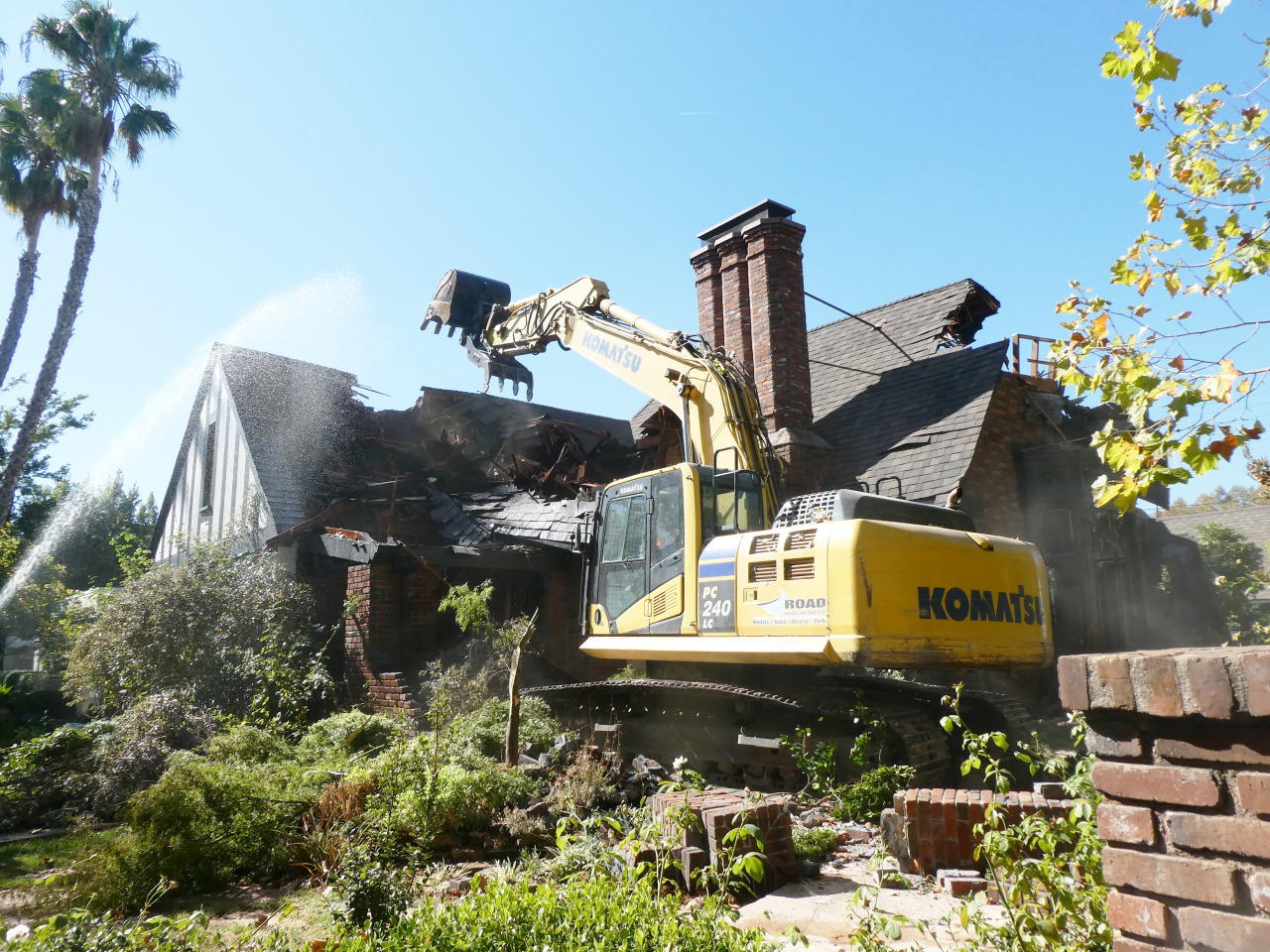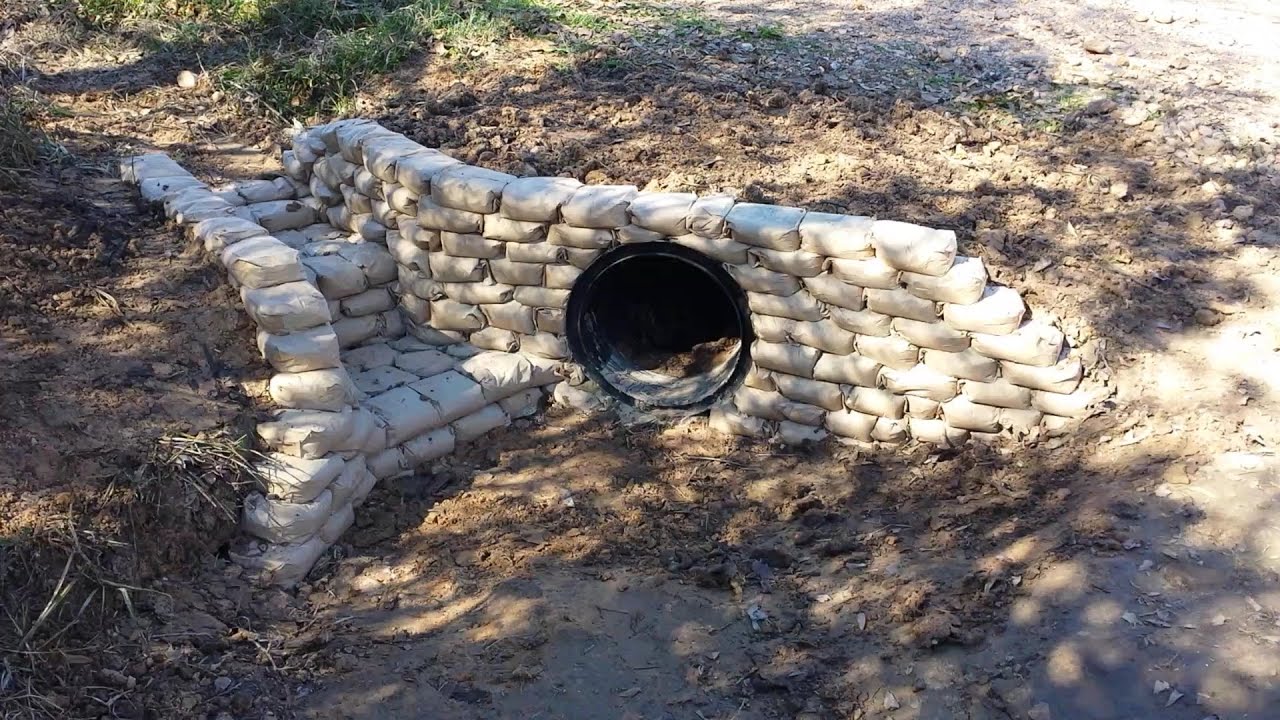
Crushed concrete prices can vary dramatically depending on the type of rock you choose, how much you need, and the location of the project. However, there are some ways to ensure you get the best deal.
If you want to save money on the materials and installation, you can buy in bulk. It can be a good option for projects like a new driveway. Granite can also be purchased at landscaping centers or home improvement stores. Check out the websites of some popular suppliers to get a quote and compare prices. You can find a supplier who will deliver your material for free if it's urgent.
There are two main types of concrete: type 2 (for patios or roads) and type 3. Type 2 can be used for roads and patios, while Type 3 is more expensive. This is not as attractive as the more popular Type 1.

The more expensive option may be a better choice if you are looking for something more durable. Type 3 is clean, dry and contains rocks 40mm in size. It is more difficult to pour but it can be lighter and easier for drainage.
A type of limestone may be the best option if you are looking to create a beautiful, unique look. This material makes a beautiful driveway or patio. It has a natural look and adds curb appeal. It can be bought in various sizes and can range from $28-$54 per ton.
It doesn't matter whether you go with concrete or gravel, you need to create a solid plan. Make sure to check with your Home Owner's Association about any restrictions regarding the length of your driveway. You should also consider the size of your slab, the quality of your soil, and the depth of your patio.
You might consider hiring a contractor to help you spread concrete if you aren't sure how to do it. The total cost will depend on whether you hire someone to do it. While a crushed concrete driveway might cost $650 to $1800, a stone slab could be much more costly.

You can buy crushed concrete from a stone yard, or at plant nurseries. Many of these locations provide free samples. You can order large quantities and get a quote for the quantity you require. If you're in a hurry, a concrete supplier can even mix the material for you.
You can contact your local concrete plants or paving companies if you are interested in recycled concrete to make your patio or driveway. Ask about the dump truck driver’s rates.
Crushed concrete costs range from $10 per cubic meter to as high as $50 per acre. It's important to shop around for the best rates. You can visit a local plant nursery or landscaper. Yelp also has a list of top providers.
FAQ
How much does it cost for a house to be renovated?
Renovations can cost from $5,000 to $50,000. Renovations typically cost homeowners between $10,000 and $20,000
What should I fix first when renovating a house?
Clean out your home and get rid of all clutter. Next, clean out any moldy areas. Final steps include cleaning up exterior surfaces and applying new paint.
Is it better for a contractor to hire or a subcontractor to do the job?
Hiring a general contract is typically more costly than hiring subcontractors. General contractors usually have many employees. This means that they charge their clients much more for labor. A subcontractor, on the other hand, only hires one worker, and charges less per hour.
You can live in a house while it is being renovated.
Yes, I can live in my house while renovating it.
Are you able to live in your house while the renovations are ongoing? The duration of the construction works will affect the answer. If the renovation takes less time than two months, then no, you can still live in your home during construction. You can't live there if your renovation project takes more than two months.
Because of the possibility of falling objects, you shouldn't live in your home while a major construction project is underway. A lot of heavy machinery is used at the jobsite, which can lead to noise pollution and dust.
This is especially true when you live in a multistory house. If this happens, the sound and vibration caused by the construction workers can cause significant damage to your home and contents.
As mentioned earlier, you will also have to deal with the inconvenience of living in a temporary shelter while your home is being renovated. This means that your home won't provide all the amenities you need.
When your dryer and washing machine are in repair, for example, you won't have access to them. You will also have to put up with the smell of paint fumes and other chemicals as well as the loud banging sounds made by the workers.
All these factors can lead to stress and anxiety among you and your family members. To avoid becoming overwhelmed by these situations, it's important to plan ahead.
It is important to research before you start renovating your house. This will help you avoid costly mistakes down the road.
You should also seek professional help from a reputable contractor to ensure everything runs smoothly.
What can I do to save money on my home's renovation?
You can save some money by doing as much of the work yourself as possible. You could, for example, try to reduce the number of people involved in the renovation. You can also find ways to reduce costs for materials during the renovation.
Statistics
- Design-builders may ask for a down payment of up to 25% or 33% of the job cost, says the NARI. (kiplinger.com)
- According to the National Association of the Remodeling Industry's 2019 remodeling impact report , realtors estimate that homeowners can recover 59% of the cost of a complete kitchen renovation if they sell their home. (bhg.com)
- On jumbo loans of more than $636,150, you'll be able to borrow up to 80% of the home's completed value. (kiplinger.com)
- Rather, allot 10% to 15% for a contingency fund to pay for unexpected construction issues. (kiplinger.com)
- A final payment of, say, 5% to 10% will be due when the space is livable and usable (your contract probably will say "substantial completion"). (kiplinger.com)
External Links
How To
How do I plan a whole-house remodel?
It takes careful planning and research to plan a complete house remodel. There are many things you should consider before starting your project. First, you must decide what type of home improvement you want. There are many categories that you could choose from: kitchen, bathroom or bedroom; living room or dining room. Once you know which category you would like to work on, you'll need to figure out how much money you have available to spend on your project. If you are new to working in homes, budget at least $5,000 for each room. You might be able get away with less if you have previous experience.
Once you have established how much you are able to afford, you will have to decide on how big a job to do. For example, if you only have enough money for a small kitchen remodel, you won't be able to add a new flooring surface, install a new countertop, or even paint the walls. On the other side, if your budget allows for a full renovation of your kitchen, you'll be able do just about any task.
Next, find a contractor who is skilled in the type and scope of work you wish to undertake. You will be able to get great results and avoid a lot more headaches down in the future. After you have selected a professional contractor, you can start to gather materials and supplies. You might need to make everything from scratch depending upon the size of your project. You shouldn't have any trouble finding the right item in pre-made stores.
Once you've gathered the supplies needed, it's now time to start planning. You will first need to sketch out an outline of the areas you plan to place appliances and furniture. The next step is to design the layout of the rooms. Be sure to leave enough room for electric outlets and plumbing. Make sure to position the most visited areas close to the front door. Visitors can also easily access them. You can finish your design by choosing colors and finishes. Keep your designs simple and in neutral tones to save money.
Once you have completed your plan, it is time to begin building. It's important that you check the codes in your area before you start construction. While permits are required in some cities, homeowners can build without one in others. First, remove all walls and floors. Next, you'll lay down plywood sheets to protect your new flooring surfaces. Next, you'll attach the wood pieces to the frame of your cabinets. You will attach doors or windows to the frame.
When you're done, you'll still have a few finishing touches to do. Covering exposed pipes and wires is one example. You will need to use tape and plastic sheeting for this purpose. Mirrors and pictures can also be hung. Be sure to tidy up your work space at all costs.
These steps will help you create a functional, beautiful home that is both functional and attractive. Now that you are familiar with how to plan a whole home remodel project, it is time to get started.